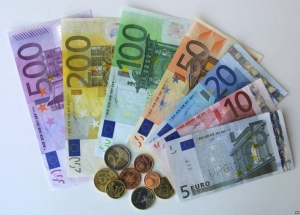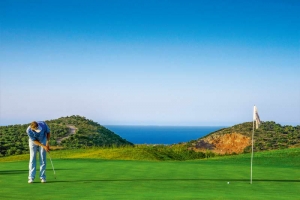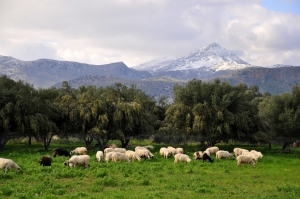Crete falls into two climatic zones, with the largest part of the island falling into the Mediterranean and the south coasts and Gavdos island falling to the North African. It has one of the healthiest climates for humans to live as it is quite humid near the sea, with short mild winters and cool summers. While the far south has subtropical weather during summer, and inland alpine areas of the three major massifs can be as cold as -10°C (14°F) in winter, most of the inhabited areas lie close to the coast, which means mild temperatures.
Gray limestone atop mountain peaks and vertical cliffs, deep and narrow dark canyons, steep shores, shiny greenish schist, pale phyllite, light limestone eroded by rain and wind, fertile yellowish marlstone - it’s all here. No wonder Crete is a multicolour island.
Greece is a Eurozone member, therefore the unit of currency is the Euro (EURΟ €). All major credit cards can be used in Crete, with Visa and MasterCard accepted most widely. There is no restriction on the amount of foreign currency that can be brought in or taken out of Crete. However, every person who carries more than €10,000 in cash in or out of Greece must declare it to the customs authorities.
Crete is a wonderful place to drive or ride - there is no more varied or scenic set of routes and roads than those traversing the island. Do not let these tips put you off driving here - they are designed to condition you and show you how to drive in a more relaxed and of course, safe, manner.
Crete is full of dramatic landscapes and constant changes of scenery. Guests have the opportunity to explore nature, history and cultural wealth of the island, while they can enjoy services of the highest quality standards.
Crete, with a population of 650.000 in the prefectures of Chania, Rethymno, Heraklion and Lassithi, is one of the 13 regions into which Greece is divided. It is the largest island in Greece and the second largest (after Cyprus) in the Eastern Mediterranean.
The Mediterranean climate of Crete, the modern health structures and the innovative services that are offered, make the island a competitive destination, combining vacations and treatment harmonically. Medical tourism has been an upcoming power over the last few years.





















































































